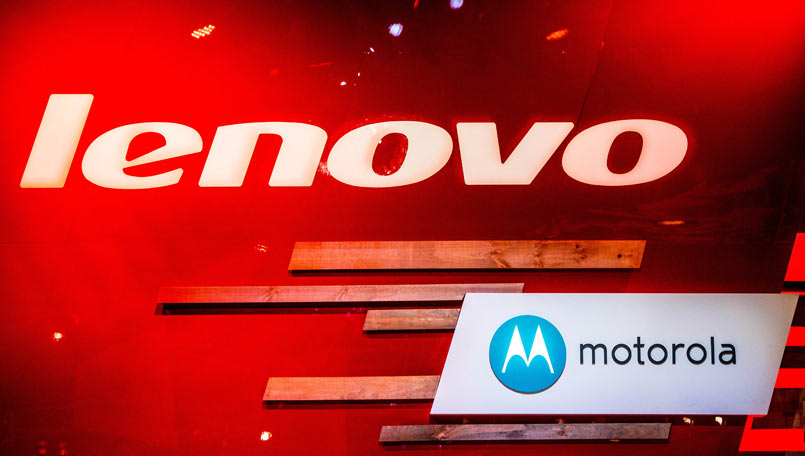As you know, the Lenovo-Motorola setup is present as either Motorola or Lenovo in some countries, while others get both brands. In India there’s a dual brand strategy, that apparently is here to stay. Motorola India’s Sudhin Mathur recently detailed the company’s plans.
The typical branding agency from the past (or at least a more professional branding agency) have focused on the standard mission, vision and values approach. And yes, this works well as it understands what a company stands for and aligns the brand around this. However in practice over the years, I have noticed a few things that happen, firstly, the client starts to feel engaged in the process, they get excited and start to get more involved (all good), however, in some cases I see that as they start to get to understand our processes and get more involved, they stop focusing on the end result and start to refer back to the work, aligning to what are they are today, or what they want to achieve, and the client gets more and more drawn into the process. And while it is good to get the clients attention and involvement in the branding process, it isn’t so good for the branding to loose grip of the end result.
It’s interesting when I look more holistically at the results of the bigger and more established agency – I won’t mention names, you start to see that once they become well known for what they do, they start to be trusted by companies and brand managers, who acknowledge that they don’t actually need to sculpt the end result for themselves, they trust the branding agency to make recommendations, and then from here reap the rewards of this. The result from these branding companies is more arresting, vibrant and produces braver brands, and once these brands are out there in the world, they start to grow and form new brand leaders, brands that others can only hope to follow.
So, to be a really great branding agency, the answer is in the branding process, making sure that you educate the client in how brands work, how his brand works and how his demographic will be inspired by a new brand. The branding agencies have been educating companies in this way for many years now, it’s in recent years that clients have seen these branding companies as a more conceptual branding agency, with strong strategic anchors. In fact one of my brand strategists often refers to us as being creatively driven and strategically anchored, and I like this description as it is accurate and what I would suggest other agencies should aim for, after all, you should never be different for the sake of being different, or so strategically aligned and ‘safe’ that you loose any brand personality.
We’ve heard recently that Lenovo was slowly but surely phasing out the Lenovo Mobile brand and relying heavily on the Motorola brand in the future. Motorola India’s managing director Sudhin Mathur reconfirmed the dual brand strategy for the Indian market, as Moto gets positioned as the “face of the communications”. This name is preparing for an expanded US presence, via marketing and extensive distribution.
Lenovo had its own projects for a while, including the Phab sub-series, or the externalized brand ZUK, but none as prominent as the Moto brand itself. Such an attempt was done in China in 2015, when Lenovo forced the Motorola brand in China and failed with it. In the US things should go smoother, since Moto is an American company and they invented the cellphone after all.
In India the tandem of Motorola and Lenovo took the number two and three spots in 2016, with Q4 last year bringing them third sport and a 9.9% share on that market. Xiaomi is second with 10.7%, so the group is able to catch up soon. Sudhin also highlighted the potential of the Moto Mods in India. An instant printer and multi SIM snap on case are promised.
via BGR.in









